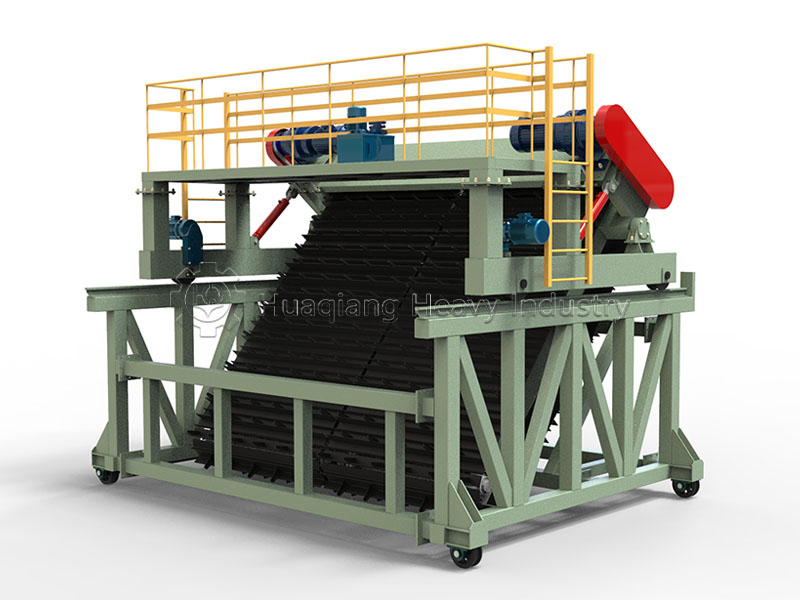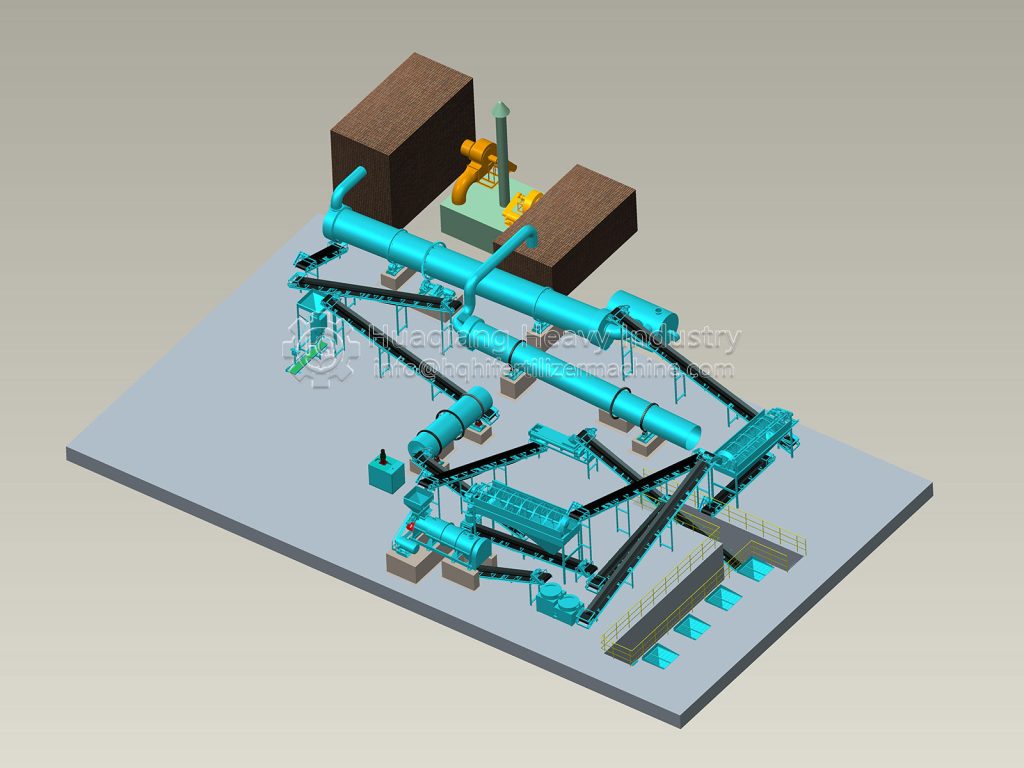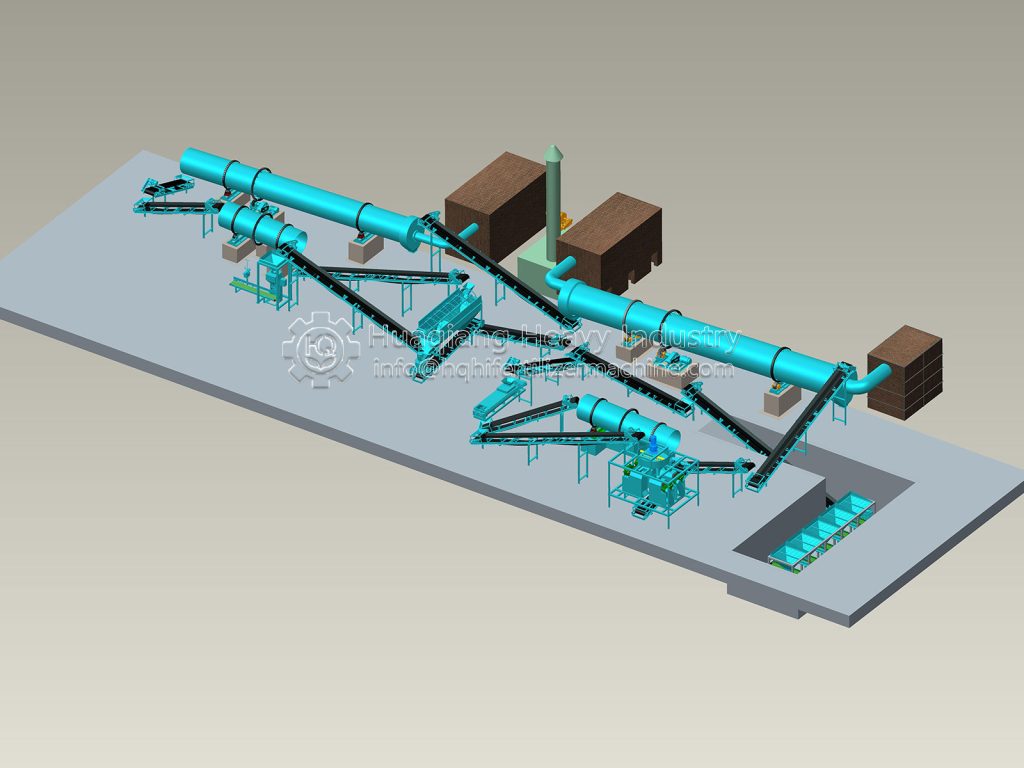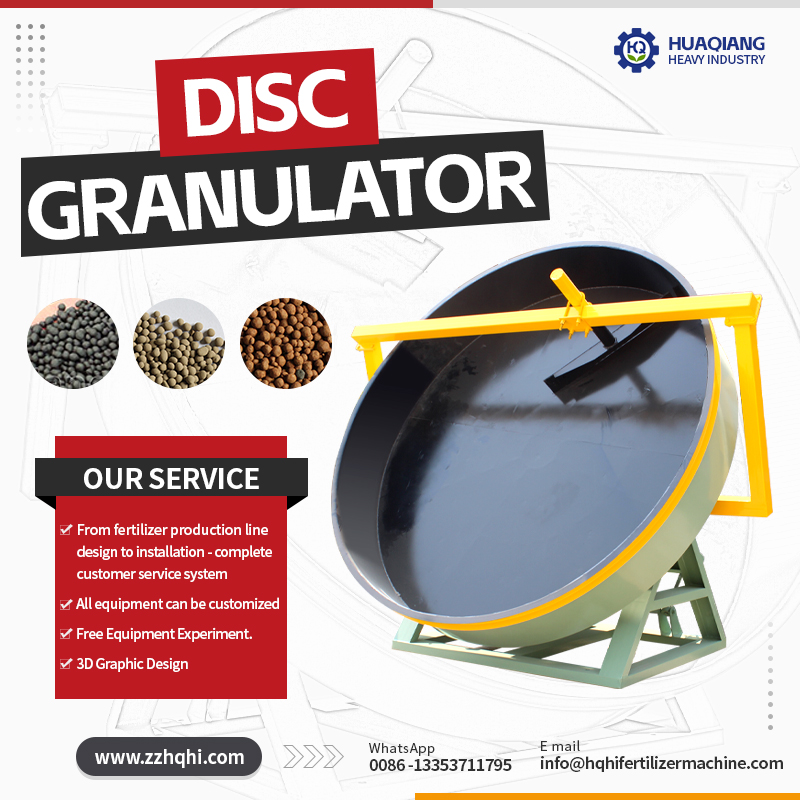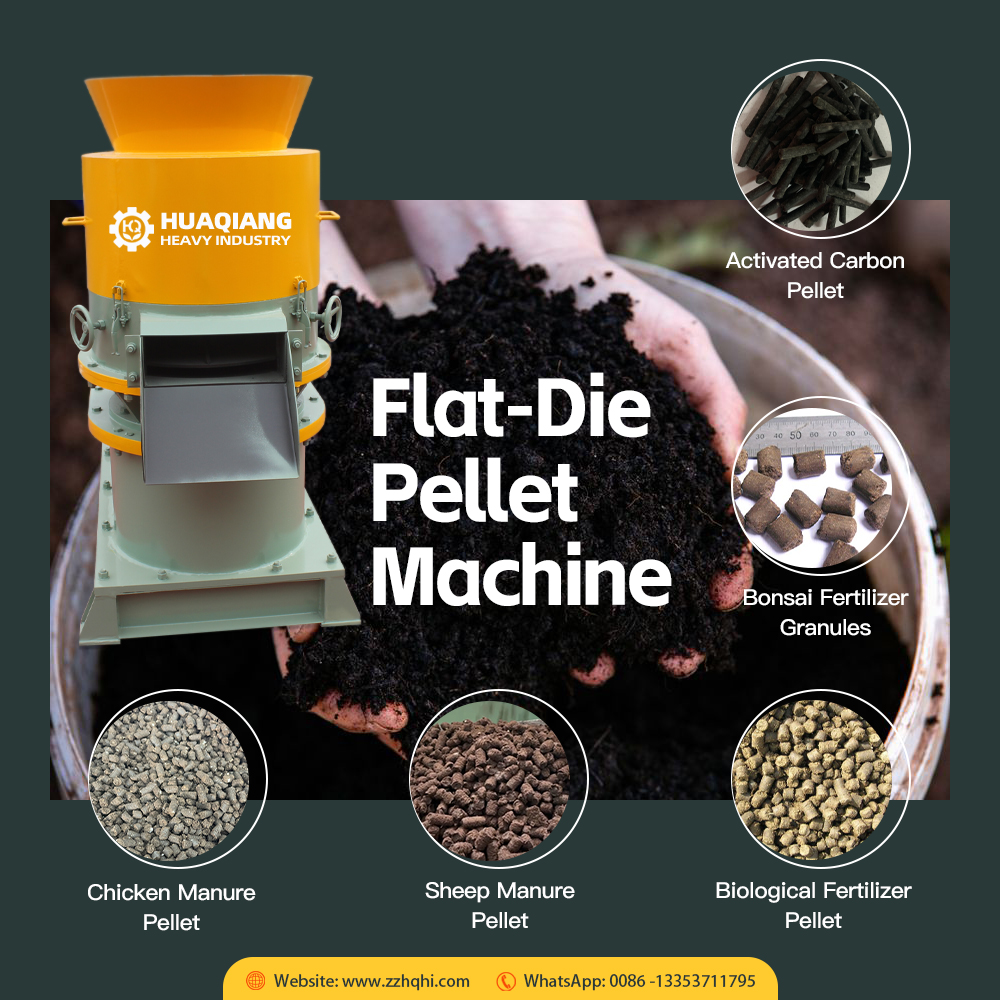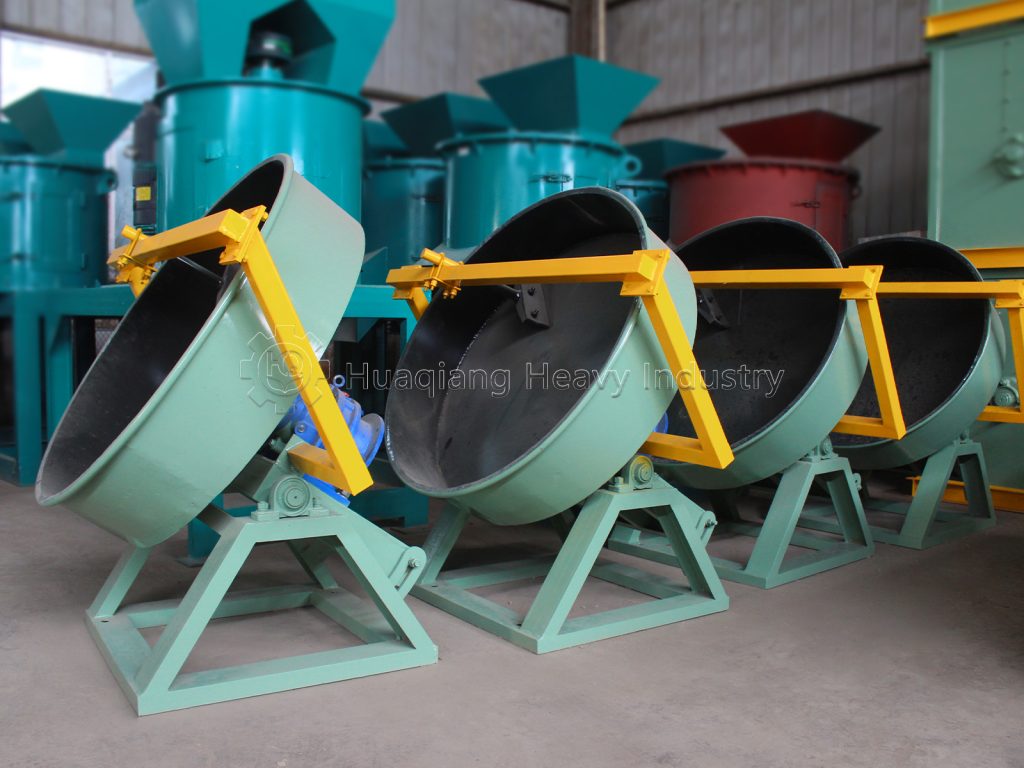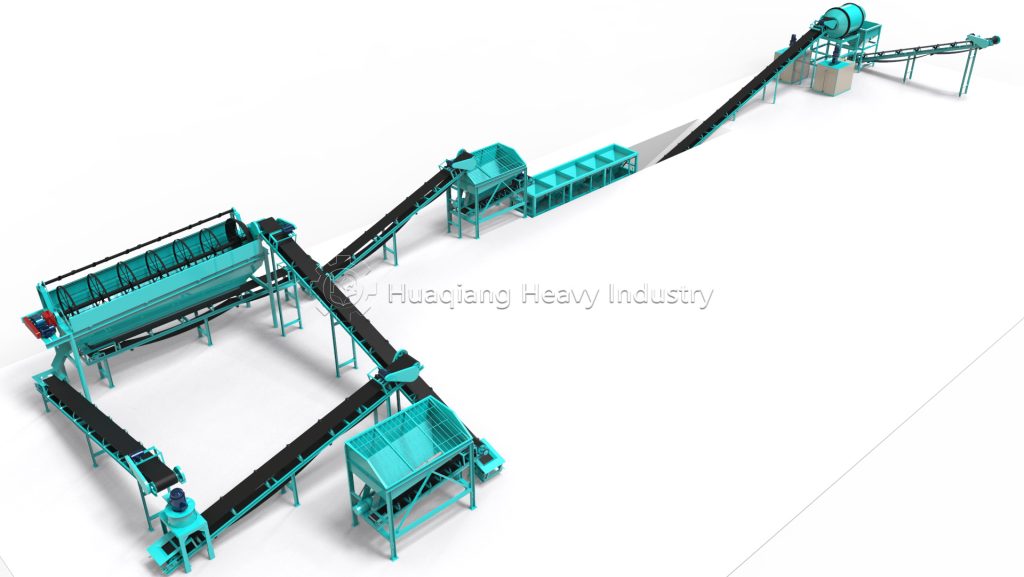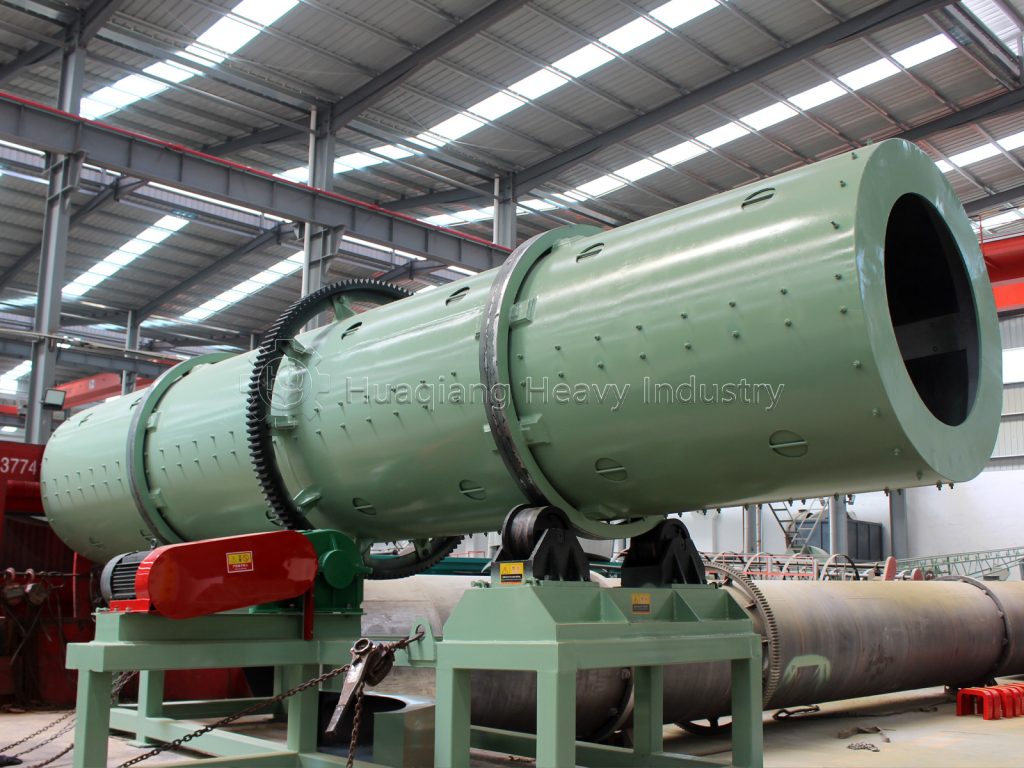The Role of Bio-Organic Fertilizer Production Lines in Agricultural Production
Bio-organic fertilizer is a highly efficient, safe, and environmentally friendly microbial-organic compound fertilizer, combining a variety of beneficial microbial flora with organic fertilizer. It combines the advantages of both organic fertilizer and compound microbial fertilizer, effectively improving fertilizer utilization, regulating plant metabolism, and enhancing root vitality and nutrient absorption.
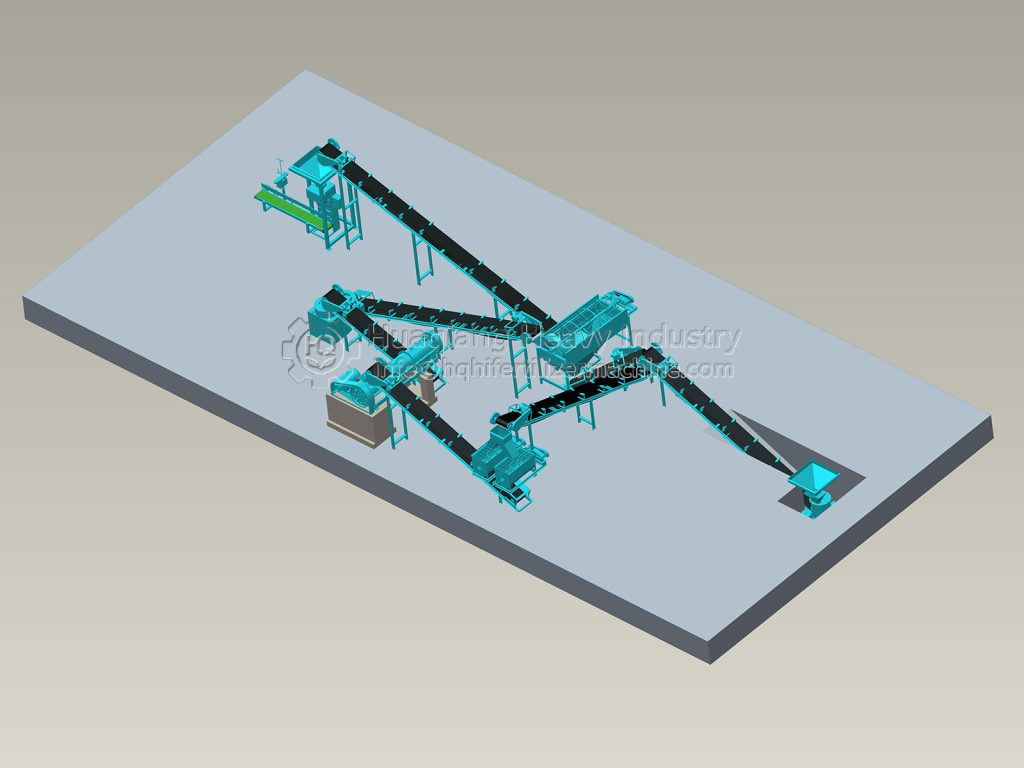
The production process of bio-organic fertilizer production lines surpasses that of conventional organic fertilizers. In addition to adding biological agents to promote the decomposition of organic materials, microorganisms with specialized functions are also added to enhance product quality and performance. To meet the needs of mechanized agricultural production, bio-organic fertilizers are mostly in granular form and are primarily used for food crops, feed crops, cash crops, vegetables, and fruit trees. Bio-organic fertilizer production lines process bio-organic fertilizers into high-quality granular fertilizers for widespread use in agricultural production.
Bio-organic fertilizers can improve crop yield and quality, overcoming the drawbacks of a single nutrient profile and unbalanced fertilizer supply. They emphasize nutrient complementarity, combining bio-organic fertilizers with inorganic fertilizers. Application not only increases crop yields but also effectively improves crop quality and enhances the safety of agricultural products.
Bio-organic fertilizer has gradually become a production trend in the fertilizer industry. The application of bio-organic fertilizer production line will create good conditions for the industrialization of green food and organic food.
